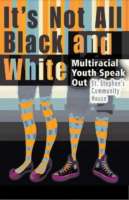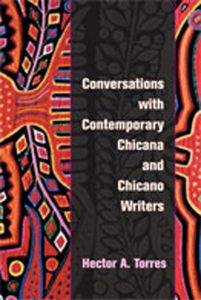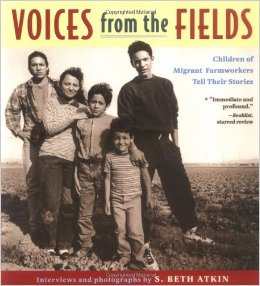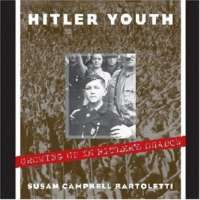
Black, white, and everything in between . . . Through poems, interviews, and short essays, a group of young people describe being biracial, multiracial, or of mixed race. These poignant firsthand accounts reflect the unique and varied voices of the writers, whose backgrounds range from Caribbean, Vietnamese, and Latin American to Native American, Spanish, and Irish, among others. With devastating honesty, these youth tell what it’s been like to make their way in the world with their roots in many places and in many cultures. Themes include navigating mixed-race relationships, dealing with prejudice and the assumptions people make based on appearances, and working through identity confusion to arrive at a strong and positive sense of self. Includes a section with suggestions for parents and caregivers who are raising children of mixed race.



